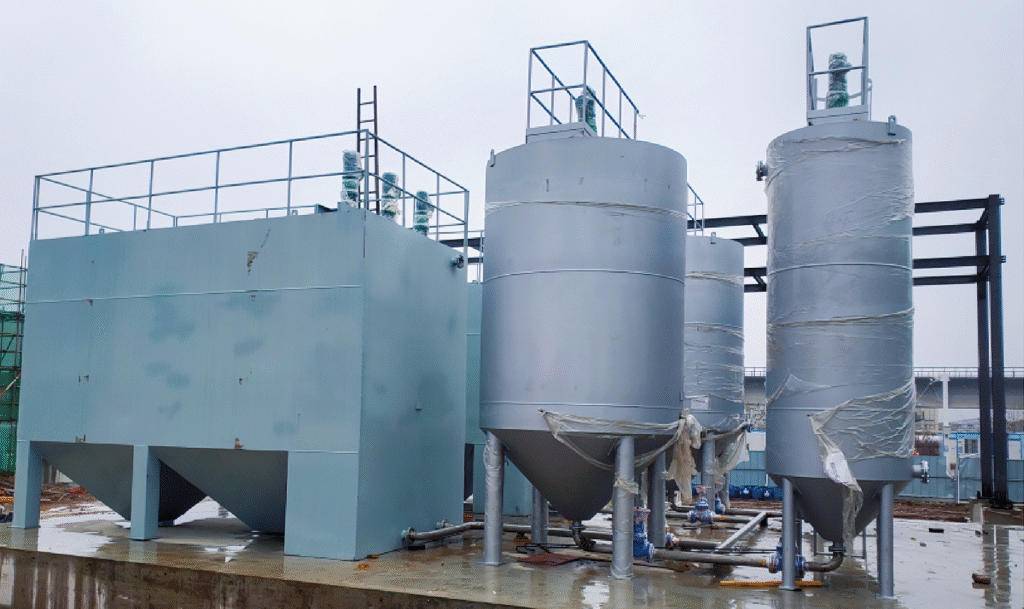Fendon advanced oxidation process (AOPs)

The Fenton oxidation process stands as a cornerstone in the realm of Advanced Oxidation Processes (AOPs), renowned for its potent ability to degrade a wide spectrum of persistent and harmful organic pollutants in wastewater. This powerful technology hinges on the generation of highly reactive hydroxyl radicals (•OH) through a catalytic reaction involving ferrous iron (Fe²⁺) and hydrogen peroxide (H₂O₂) under acidic conditions. These hydroxyl radicals, boasting an exceptionally high oxidation potential of 2.8V, act as non-selective "molecular scavengers," readily engaging with and breaking down the complex structures of organic contaminants.
Our innovative advancement lies in the integration of magnetic nanoparticles into the Fenton process, creating the (Magnetic) Fenton Advanced Oxidation system. These magnetic catalysts offer a significant advantage in terms of catalyst recovery and reuse. After the oxidation reaction is complete, the magnetic nanoparticles can be easily and efficiently separated from the treated water using a simple magnetic field. This eliminates the need for complex and costly separation processes like filtration or sedimentation, allowing for the efficient recycling of the iron catalyst, reducing operational costs, and minimizing the generation of iron-rich sludge.
The Fenton oxidation process, particularly in its magnetic form, offers several compelling advantages:
Rapid Reaction and Mild Conditions: The reaction initiates quickly under mild conditions, typically at normal temperature and pressure within an acidic environment. This eliminates the need for extreme operating parameters, contributing to energy efficiency and safer operation.
Potent Oxidation with Minimal Residue:
Fenton's reagent (Fe²⁺/H₂O₂) exhibits strong oxidizing properties capable of completely rendering pollutants harmless. Notably, the primary oxidizing agent, hydrogen peroxide (H₂O₂), decomposes naturally after the reaction, leaving no harmful residues. Furthermore, the iron catalyst, especially in its magnetic form, can be effectively recovered, minimizing waste generation. The iron species also acts as a good flocculant, aiding in the coagulation and sedimentation of remaining suspended solids, further enhancing effluent quality.
